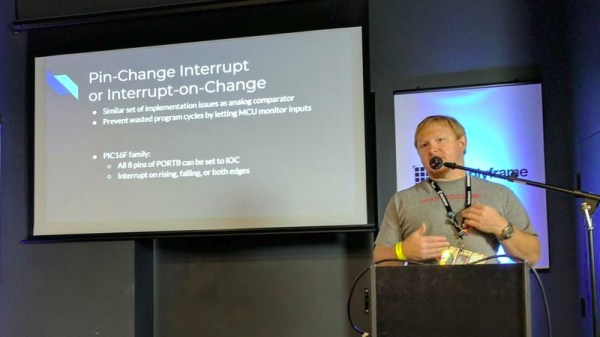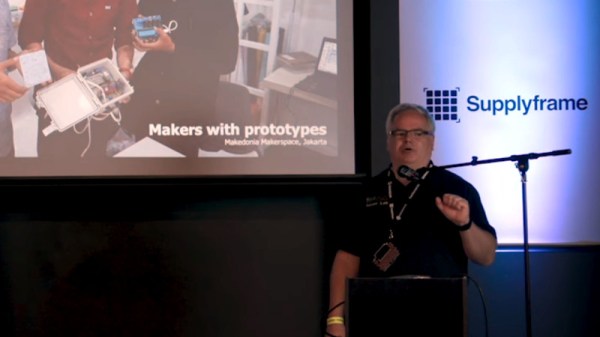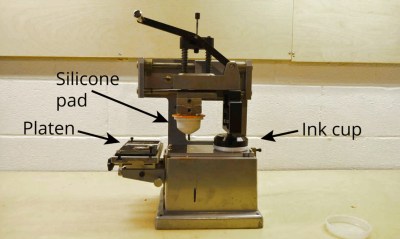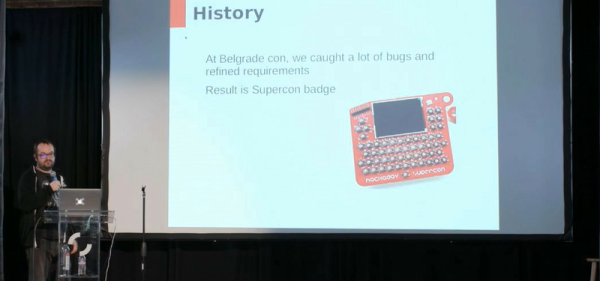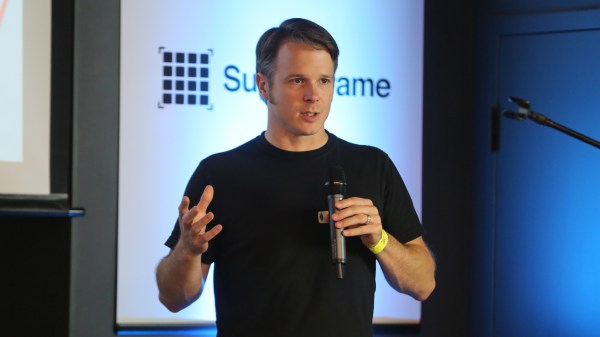When you build a machine you can usually count on having precise dimensions for an organized and orderly set of parts, one fitting into the next exactly as you have designed them. You can count on cause and effect — when the user pushes a button or flips a switch a specific behavior will take place. But the She Bon project shows that adding the human body to the mix quickly turns an easy design into a challenging one.
During her Hackaday Superconference talk Sarah Petkus discusses her latest project that uses wearable technology to sense and react to her own body. She Bon is reminiscent of the French for “so good” and is a project whose aim transcends the technical challenges. Sarah uses engineering as a way to facilitate adults having healthy dialogs with one another about sex.
Depending on your profession, this discussion is likely not appropriate for work — it’s not sexual, but it’s fundamentally about sex — so don’t click through the video without thinking twice. But we respect Sarah’s courage for leading a project that wants to make sure there actually are places where it is possible to have these conversations and a way to get them started.
How Do You Begin an Intelligent Conversation?
Mixing an engineering challenge with a somewhat taboo topic works surprisingly well, as you can see in the video below. It’s a technical talk about sensing body temperature, heart rate, galvanic response, blush response, facial expression, and muscle tension. But it’s also a story of her attempt at creating a Suit of Amour, her tongue-in-cheek “Sexual Gundam”. Don’t be fooled, this is no gimmick. The discussions quickly leads to the real life challenges facing prosthetics designers and those developing wearable products. There’s a ton to be learned here.
Join me below for more on the hardware covered in Sarah’s talk. This out-of-the-ordinary hardware creation adventure made it a great entry in the 2018 Hackaday Prize and a particularly delightful talk at the 2018 Hackaday Superconference. We’re once again on the hunt for hardware creators to present at the 2019 Hackaday Superconference — and we can’t do it without you. Submit a talk proposal, or just grab a ticket and join us in Pasadena this November. Bonus points for those who have also entered their projects in the 2019 Hackaday Prize. Okay, now onto the hardware talk.
Continue reading “Learning About Wearable Engineering While Trying To Un-Taboo A Topic”


